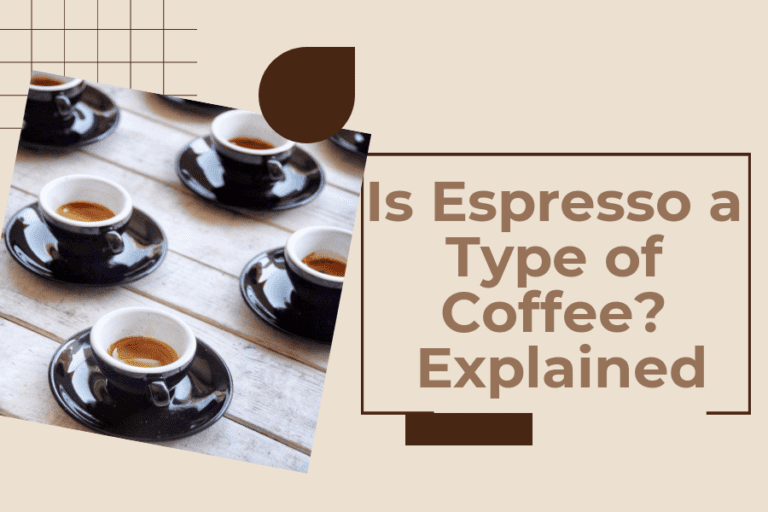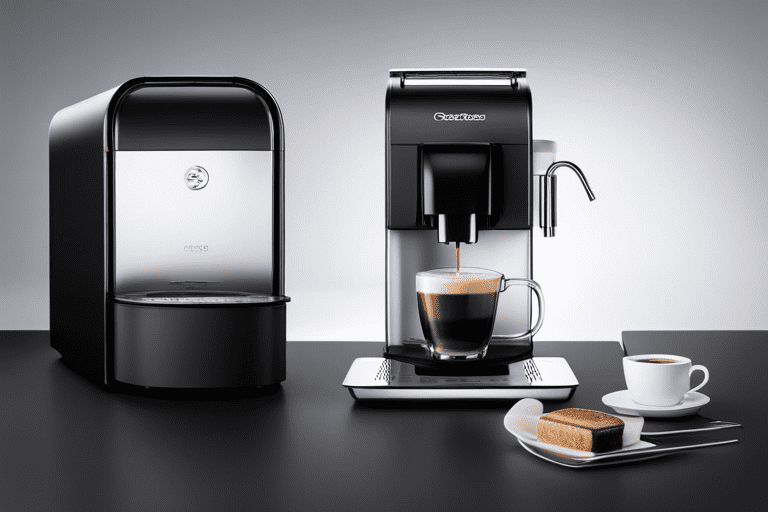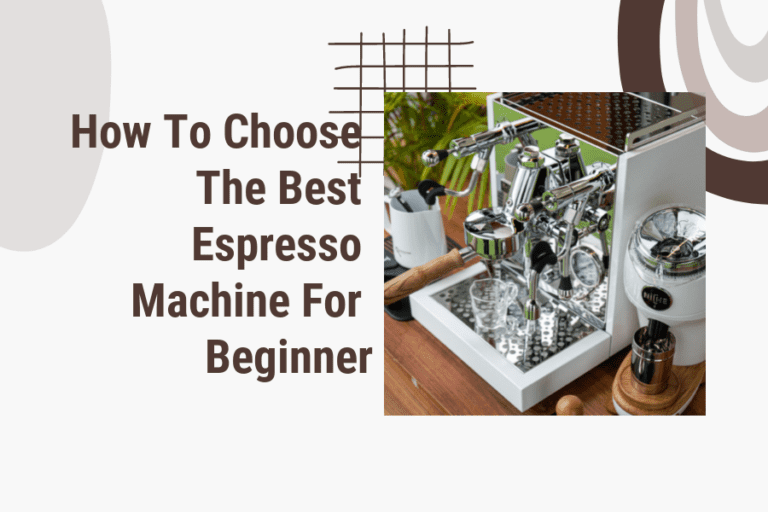How To Troubleshoot Common Espresso Machine Problems

Espresso machines are truly a miracle of modern engineering. They make it possible for anyone to enjoy a delicious cup of coffee in the comfort of their own home or at their local coffee shop. But what happens when your beloved espresso machine starts giving you trouble?
There are a few common espresso machine problems that can cause inconsistent extraction or lackluster flavor, such as low water pressure. In this blog post, we’ll explore how to troubleshoot these issues and get your espresso machine back to working properly so you can enjoy a perfectly brewed cup of espresso every time.
One common espresso machine problem is low water pressure, which can lead to inconsistent extraction and weak flavor.
When we think of a cup of espresso, we’re envisioning a rich, smooth, and flavorful experience that invigorates our senses. Unfortunately, low water pressure is a common espresso machine problem that can ruin this experience. It can lead to inconsistent extraction and a weak flavor, leaving us disappointed with our planned indulgence.
Low water pressure occurs due to multiple reasons, ranging from an airlock in the pump to a clogged filter. The most common reason, however, is a dirty shower screen that blocks the water’s flow and results in the low pressure. This issue can lead to a lack of crema, which is the creamy layer on top of the espresso and is crucial in developing the flavor profile.
What makes the low water pressure dilemma thought-provoking and unique is that the issue can persist for extended periods without warning. You could brew one perfectly extracted coffee, and the next cup may be entirely different due to the low water pressure. It’s quite frustrating to experience this kind of inconsistency, particularly when you crave a particular taste and quality.
The good news is that there are ways to resolve this problem. To remediate this, check the pressure gauge and adjust the pump to reach the ideal pressure of 8-10 bar. If the issue persists, try descaling your machine to clear any mineral buildup. Examine the shower screen and filter, clean them thoroughly, and replace the filter if necessary.
low water pressure may seem like a minor inconvenience, but it can significantly impact your overall espresso experience. Understanding the problem, knowing what causes it, and taking appropriate measures could drastically improve the quality of your coffee. Don’t let low water pressure ruin your coffee indulgences – take care of your machine and enjoy a delightful cup of espresso every time!
To remediate this, check the pressure gauge and adjust the pump to reach the ideal pressure of 8-10 bar.
As coffee lovers, we all know the frustration of a poorly extracted cup of espresso. Low water pressure is one of the most common problems encountered with espresso machines and can lead to weak flavor and inconsistent extraction. This problem can be remediated by checking the pressure gauge and adjusting the pump to reach the ideal pressure of 8-10 bar.
Firstly, it is important to understand what the pressure gauge on your machine is telling you. A pressure gauge is a device that measures the pressure within a system. In an espresso machine, the pressure gauge measures the pressure at the group head, where the water flows out of the portafilter and into the cup. The ideal pressure for extracting espresso is in the range of 8-10 bar. If the pressure is too low, the water will not be forced through the coffee grounds with sufficient force, leading to inconsistent extraction and weak flavor.
To remedy this problem, check the pressure gauge on your machine. If the gauge is showing a pressure lower than 8 bar, it is time to adjust the pump. Locate the pump adjustment screw on the machine. Adjust the screw clockwise to increase the pressure and counter-clockwise to decrease it. Turn the screw in small increments until the pressure gauge reads between 8-10 bar.
It is important to note that every espresso machine is different, and the location and variation of the pump adjustment screw may vary. Always consult your machine’s user manual or seek advice from a qualified technician if you are unsure.
low water pressure is a common problem that can lead to weak flavor and inconsistent extraction when making espresso. Checking the pressure gauge and adjusting the pump to reach the ideal pressure of 8-10 bar can help to remedy this issue. So, next time you are experiencing low water pressure, remember to check the pressure gauge and adjust the pump for a perfectly extracted and delicious cup of espresso.
Having the right water pressure will result in a more balanced and flavorful espresso.
Espresso lovers around the world are always in search of the perfect balance between flavor, crema, and texture. However, what many coffee enthusiasts fail to realize is that having the correct water pressure is crucial to achieving the perfect cup of espresso. In fact, having the right water pressure can do more to improve the quality of your espresso than any other variable.
One of the most significant benefits of having correct water pressure is more balanced and robust flavor. When you have the right pressure, the water can extract the best flavors, oils, and aromas from the coffee grounds. It also ensures that the water does not flow through the coffee bed too quickly or slowly, leading to under-extraction or over-extraction, respectively, and a bitter or sour taste. Instead, the espresso will have just the right amount of sweetness, bitterness, and acidity.
Another benefit of having the correct water pressure is a more uniform and creamy crema. The crema is a kind of foam that forms on top of the espresso, and its thickness and texture are indicators of the espresso’s quality. With the right pressure, you can get a velvety and even crema, which provides a perfect contrast to the intense flavor and aroma of the espresso.
To achieve the best results, you must pay attention to the following key factors:
1. Water pressure: optimal pressure should be between 9 to 10 bars.
2. Grind size: depends on the machine and the type of beans, but generally fine grinding is required.
3. Tamping pressure: must be consistent, and the surface should be level and smooth.
4. Water temperature: should be between 90-95°C.
Achieving the perfect water pressure is crucial to unlock the full flavor potential of your coffee beans. Many high-quality espresso machines come with advanced technology that can regulate water pressure levels to ensure consistent and delicious shots every time. So, whether you are a professional barista or a coffee lover at home, investing in a machine with the right water pressure settings is a smart move to elevate your espresso game.
Conclusion
Knowing how to troubleshoot common espresso machine problems can save you time, money, and frustration. One of the essential elements in brewing a great espresso is water pressure, and achieving the right pressure can be the difference between a subpar cup and a truly exceptional one.
By following the steps outlined above and ensuring your machine maintains an optimal pressure of 8-10 bar, you can have confidence in the quality of your espresso, and impress your guests with your barista skills. Keep these tips in mind, and you’ll be able to troubleshoot any espresso machine problem that comes your way.
RECOMMENDED READS
Top Rated Espresso Machines: Your Guide to the Best Options
The Ultimate Guide To Cleaning And Maintaining Your Espresso Machine





